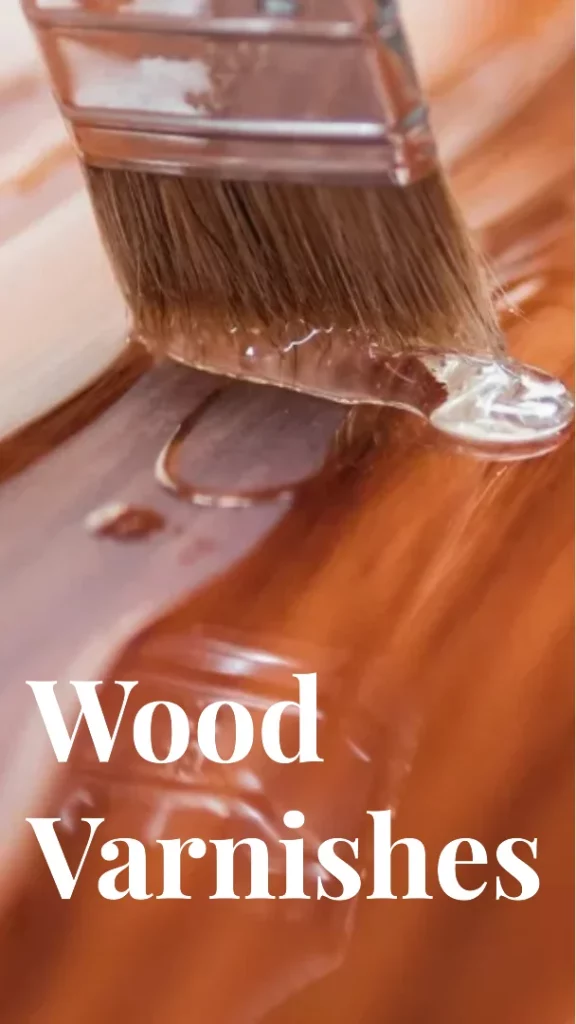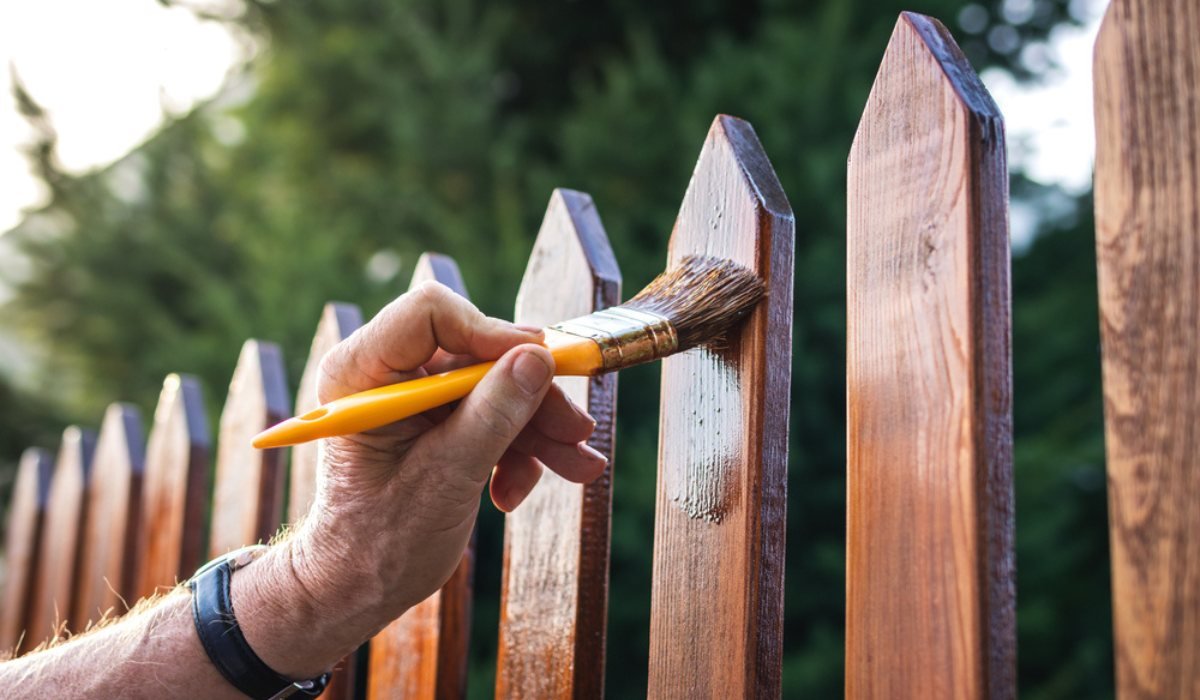How To Choose the Right Wood Varnishes?

Wood is, beyond doubt, one of the most aesthetically pleasing materials out there. It’s beautiful, it’s natural, its tone is warm and comforting. The only problem with wooden furniture and architectural elements is that they’re not as durable as other options. Another problem with them is that they’re sometimes quite expensive.
This is why it’s important to understand the importance of protecting the wooden surfaces in your home, and one of the easiest ways to get there is to choose the right wood varnishes.
Not only will the right varnish protect the wood and increase its durability, but it also has numerous ways to enhance its aesthetic properties. For instance, it can increase the wood gloss or enhance the grain.
Still, varnishes come in many different colors and forms. This means choosing the right one isn’t nearly as simple as you assume. Here’s how you can choose the right wood varnishes.
Type of varnish
The first thing you need to consider is the type of varnish that you want to go for. Namely, based on their characteristics, there are five different types.
- First, you have the oil-based varnish, which takes longer to dry and it’s mainly used to enhance the color/texture of the furniture in question.
- Next, you have water-based varnish, which dries faster and has lower VOC emissions. The problem is that it’s not as resistant to sun staining and different weather elements, which makes it better for indoor use.
- One of the most durable options is polyurethane varnish. This provides extra protection to the furniture regarding moisture and scratching.
- Fireproof varnish is a special coating designed to make your furniture fire-retardant. This means that it will be slower to catch fire, and fire from it won’t spread nearly as quickly.
- Ultimately, spar varnish is designed for outdoor use. It’s designed to withstand weathering and has a pretty high UV resistance.
The type of varnish should be chosen based on your intentions with the furniture in question and its position. A nearby fire source, an idea to use a piece of indoor and outdoor furniture, and your local weather/climate may all influence your decision-making process.
The desired outcome

Another thing you need to keep in mind is the desired outcome. What is the point of using this varnish? Are you trying to make it more durable or aesthetically pleasing by enhancing its gloss?
Just imagine where the piece of furniture will go and what you intend to do with it. Different varnishes will give you different gloss levels, from matte to satin or semi-gloss. What you’re aiming for is something that complements your aesthetic of choice.
The best piece of advice is to try it out before applying. You can always find a small piece of wood similar to the target and try it there. The thing to remember is that it will never be the same as it was in the photo. It will never be the same as it was on the AR app. You need to see it in practice. This is the only way these things will work.
If you’re not buying online but are going to the store, you can ask if they have a test sample or a piece of wood they can try. In most cases, this will be an option, so why not.
Indoor or outdoor
The biggest question you have to ask is whether the piece we’re discussing goes indoors or outdoors. This will heavily affect your choice of varnish. The differences between indoor and outdoor varnishes are significant and often get marketed as such.
First of all, each varnish radiates VOC (volatile organic compounds). This results in a peculiar odor in some scenarios and may even harm the environment. Since the hazard of this is greater indoors, indoor varnishes are formulated with lower VOC levels by default.
Then, there’s the importance of mentioning drying time. Indoor varnishes are quicker to dry. You can’t avoid indoor furniture for too long, while even the outdoorsy can avoid spending a few hours/days in their backyard. The main reason why some varnishes take longer to dry is because of their composition, which is designed to make them more weather-resistant.
Exposure to UV rays is also a significant factor. Outdoor varnish is designed to provide a greater level of protection. Since they’re designed to be used outdoors, these coatings usually also protect from moisture, extreme temperatures, and more. Just ensure that resistant and impervious are not the same thing.
Application and maintenance
If you’re applying the varnish, it might be a good idea to start with the question about the application method. These methods are:
- Brushing
- Spraying
- Wiping
Then, there’s the question of whether you’ll go with more thin coats or a single thick one. This will determine the duration of the process, as well as the amount of effort that you have to put into it.
While you may want to sand the furniture before applying the coat (even using a grinder to prepare it), some manufacturers recommend sanding between these coats.
Ultimately, the amount of maintenance you must invest depends on the type of coating. Cleaning it regularly is important because a build-up of dirt doesn’t look that good, and it will erode the coating. For the same reason, you want to avoid using harsh chemicals. Sure, some varnishes are more resilient than others, but none are immune to ammonia-based cleaners. Just stick to milder solutions, and you’ll be fine.
Also, while it’s more resistant to water and sunlight, this doesn’t mean it can endure direct exposure for too long. Try to get it out of harm’s way and regularly inspect for damage.
Wrap up
In the end, while choosing varnish may not be as important as choosing furniture, it can drastically enhance your home’s layout. It can help you change the style with a single afternoon of work and without you having to lift anything heavier than a brush. This is already a great incentive to make an effort and get some quality varnish.




![Top 10 Best Hammer Drills For Concrete [Review and Guide 2023]](https://bestwoodrouterguru.com/wp-content/uploads/2023/07/construction-worker-drilling-into-concrete-768x402.webp)


